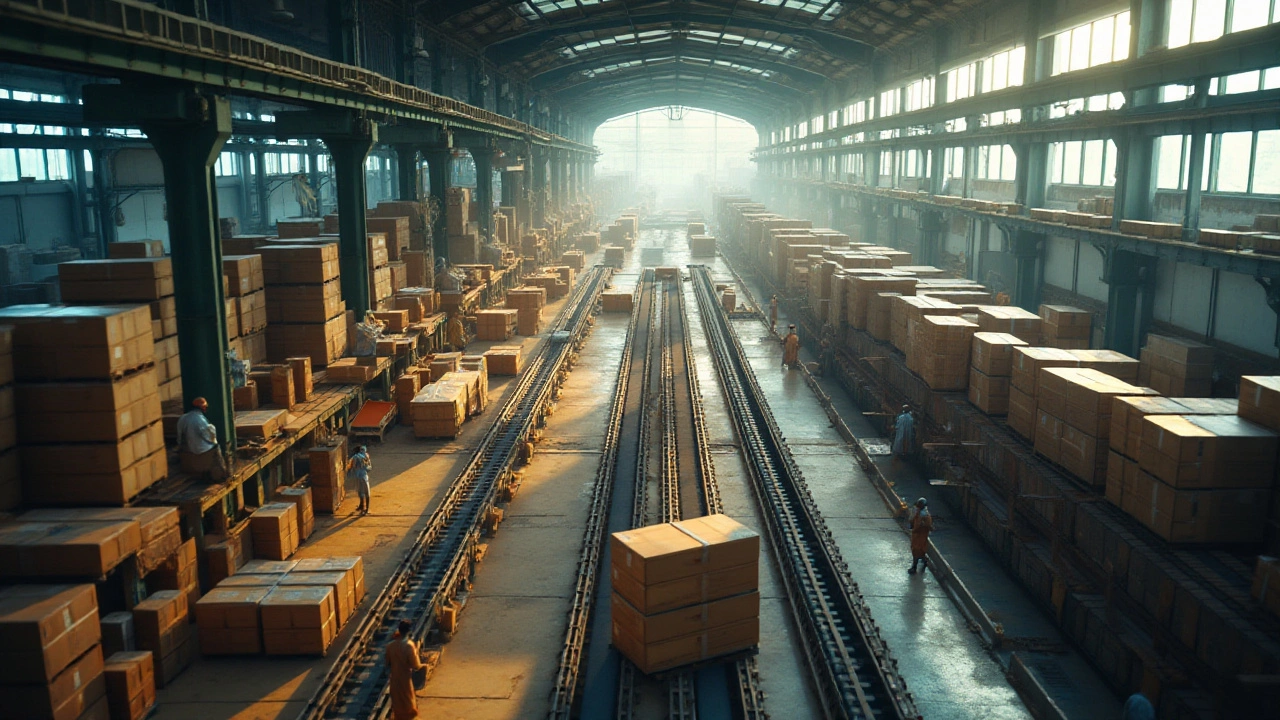Supply Chain Trends 2025 – What’s Shaping Logistics Today
If you run a bike transport business in Chennai or manage a warehouse anywhere, you’ve probably felt the pressure to keep up with fast‑moving changes. The good news? Most of the big shifts are easy to spot and even easier to act on. Below we break down the trends that matter right now and show you simple steps to stay ahead.
E‑Logistics and Real‑Time Data
First up, e‑logistics is no longer a buzzword – it’s the backbone of every shipment. Real‑time tracking, automated route planning, and digital proof of delivery are becoming standard. For bike transport, that means you can give customers a live map of where their bike is, cut down on missed appointments, and avoid costly delays.
How to use it? Start with a low‑cost GPS tracker that syncs with your phone. Set up automated alerts for pickup, departure, and arrival. Most drivers already have smartphones, so you don’t need extra hardware beyond the tracker. The data you collect can also highlight bottlenecks – maybe a certain road is always stuck at rush hour. Adjust routes based on that insight and watch your on‑time rate improve.
Warehouse Tech & Last‑Mile Hacks
Even if you don’t own a huge warehouse, the tools used by big players can help you. Cloud‑based WMS (Warehouse Management Systems) let you check inventory, schedule loading slots, and generate pick lists from any browser. A simple spreadsheet‑to‑WMS migration takes a few hours and saves hours of manual work each week.
When it comes to the last mile – the part that gets a bike from the dock to the customer’s doorstep – speed and communication win. Offer a narrow delivery window (like 2‑hour slots) instead of “any time today.” People love knowing exactly when to expect their bike, and it reduces the number of missed drops. Pair the slot with a quick text reminder and a photo of the bike at the door, and you’ll see higher satisfaction scores.
Another tip: use a local courier network for short hops. In Chennai, many independent couriers specialize in “door‑to‑door” bike moves. They often charge less than larger carriers because they skip the long‑haul leg you’ve already handled. Make a shortlist, negotiate a flat per‑bike rate, and keep a backup list for peak seasons.
Finally, keep an eye on sustainability. Customers are asking for greener options, and many logistics firms are offsetting emissions or using electric vans for city runs. If you can add a small green surcharge or partner with an eco‑fleet, you’ll tap into a growing market without breaking the bank.
Bottom line: the biggest supply chain trends of 2025 boil down to digital visibility, smarter warehouse tools, and a customer‑first approach to the last mile. Implement one or two of these ideas this month and you’ll notice quicker deliveries, happier clients, and a clearer picture of where your business can grow next.
